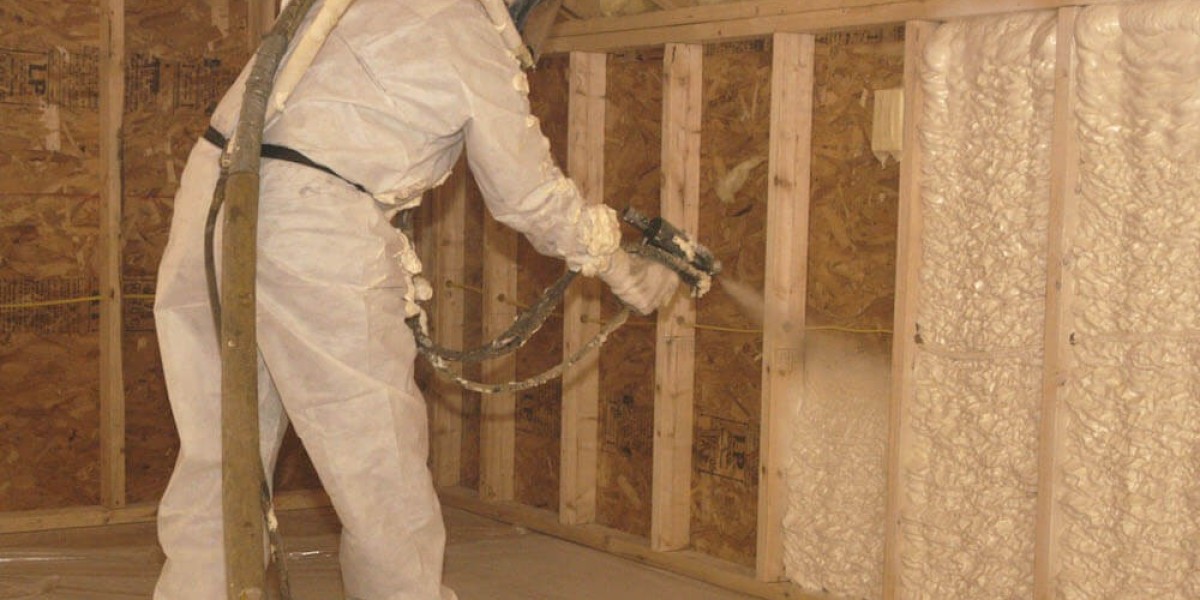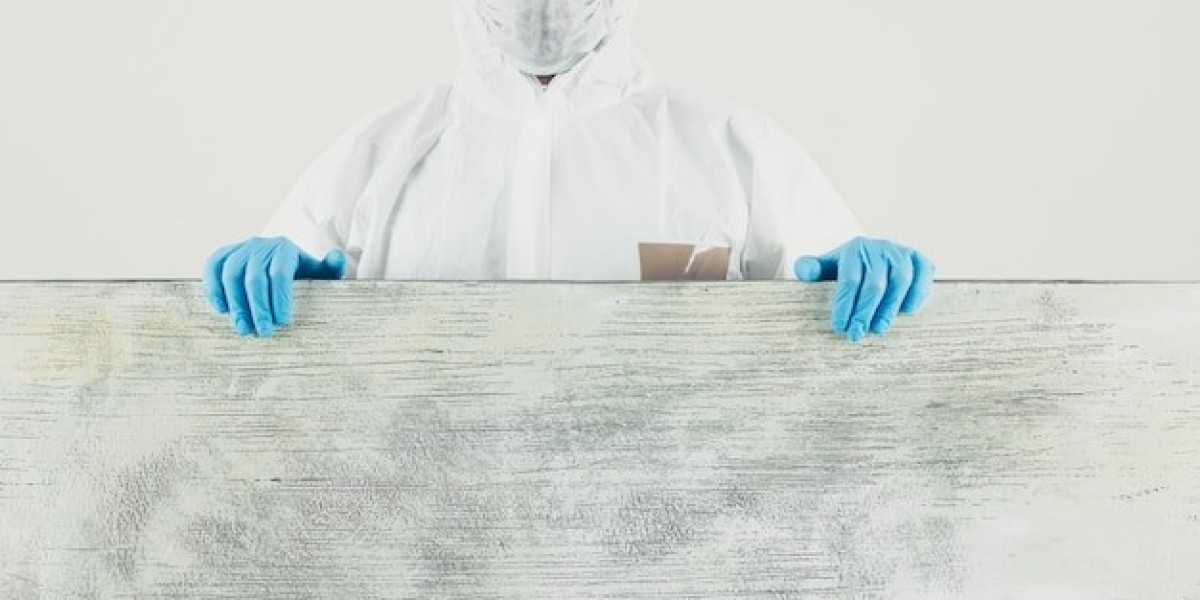Improving your home’s insulation is crucial for enhancing energy efficiency and comfort. However, many homeowners worry that upgrading insulation will break the bank. Fortunately, there are several budget-friendly ways to improve insulation without sacrificing quality. This guide will provide practical tips and insights to help you boost your home’s insulation while keeping costs manageable.
Understanding Home Insulation
Insulation works by slowing down heat transfer between the inside and outside of your home. This helps keep your home warm in winter and cool in summer, which can lead to significant energy savings. Over time, insulation can degrade, leading to drafts, higher energy bills, and reduced comfort. Knowing when and how to improve your insulation is key to maintaining an efficient home.
Assess Your Current Insulation
Before making any upgrades, it’s important to assess your current insulation. Check areas such as the attic, walls, and crawl spaces. Look for signs of wear, such as gaps, moisture, or compressed materials. Understanding the state of your insulation will help you prioritize where to focus your efforts.
Budget-Friendly Insulation Improvements
1. Seal Air Leaks
One of the easiest and most cost-effective ways to improve insulation is by sealing air leaks. Use caulk or weatherstripping to seal gaps around windows, doors, and vents. This prevents drafts and keeps conditioned air inside your home. It’s a simple DIY task that can significantly enhance your home’s comfort without costing much.
2. Insulate Attics and Crawl Spaces
Attics and crawl spaces are critical areas for insulation. If you find that these areas lack sufficient insulation, consider adding more. You can use rolled or blown insulation, which can be more affordable than spray foam options. Just be sure to follow safety guidelines and wear protective gear when handling insulation materials.
3. Use Reflective Insulation
In warmer climates, reflective insulation can be a great addition. This type of insulation reflects heat away from living spaces, keeping your home cooler. It’s particularly effective in attics. While some options can be pricier, there are budget-friendly varieties available. Installing reflective insulation can enhance your home’s overall energy efficiency.
4. Upgrade Your Windows
Old, drafty windows can undermine your insulation efforts. While replacing windows can be costly, you can improve their efficiency by using window film or thermal curtains. These options are budget-friendly and can reduce heat loss significantly. If your windows are in good shape, adding storm windows can also enhance their insulating properties.
5. Consider Spray Foam Insulation
While spray foam insulation may seem like a more expensive option, it can be cost-effective in the long run due to its superior insulating properties. This type of insulation expands to fill gaps, creating an airtight seal that helps reduce energy costs. When done professionally, it can drastically improve your home’s comfort level. Consider reaching out for expert assistance to see if it fits your budget.
DIY Insulation Projects
For homeowners looking to save money, several DIY projects can enhance insulation without high costs.
1. Insulating Interior Walls
You can insulate interior walls by adding rigid foam board insulation or using insulation rolls. This is especially useful for rooms that need extra warmth or soundproofing. Ensure proper installation to maximize effectiveness.
2. Draft Stoppers
Creating draft stoppers for doors and windows is another simple DIY project. Use materials like fabric or foam to block gaps where cold air enters. This inexpensive solution can make a noticeable difference in comfort.
3. Radiant Barriers
If you live in a hot climate, consider installing radiant barriers in your attic. These barriers reflect heat away from your home, helping to keep it cooler. They are relatively easy to install and can be a cost-effective solution for heat control.
FAQs
1. How can I tell if my insulation is adequate?
Check for drafts, fluctuating temperatures, and rising energy bills. Inspecting your attic and crawl spaces can also reveal if insulation is lacking.
2. Is spray foam insulation worth the investment?
Yes, spray foam insulation provides excellent energy efficiency and can lead to lower utility bills over time.
3. Can I install insulation myself?
Many insulation improvements can be done as DIY projects, but complex installations like spray foam should be handled by professionals.
4. How often should I check my insulation?
It’s advisable to inspect your insulation at least once a year or whenever you notice temperature fluctuations or rising energy costs.
5. What areas of my home should I focus on first?
Start with areas that are most prone to air leaks, such as attics, crawl spaces, and around windows and doors.
Conclusion
Improving your home’s insulation on a budget is entirely feasible with a little planning and effort. By sealing air leaks, adding insulation to critical areas, and considering cost-effective options like spray foam insulation, you can enhance your home’s energy efficiency and comfort. If you’re ready to take the next step, contact Makeover Insulation at (470) 664-5300. They serve Atlanta, GA, and surrounding areas, including Gwinnett County, Dekalb, Fulton, Forsyth, Cobb, Hall, Walton, Barrow, Cherokee, Rockdale, and Clayton counties.










